We’ve all asked ourselves the same question at some point: is the box of stale crackers that’s been in my cupboard for several months going to send me to the hospital? And maybe we knew the answer but ate the thing anyway.
Do expiry dates really mean a food item stops being safe for consumption, or is it merely “suggestive”? Well, it depends. Here’s a list of food that you can still eat well after the expiry date:
1. Cheese
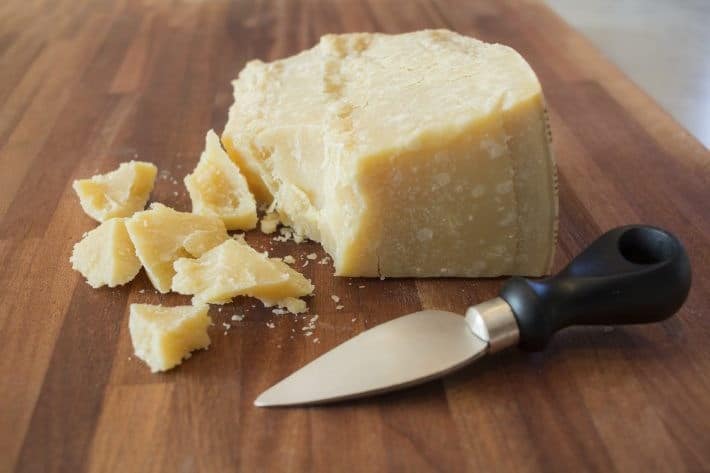
Because of how it’s made and aged, cheese doesn’t always go bad after the expiration date. Hard cheeses like cheddar and Parmesan are the safest bet out of all the different types. And if you see a bit of mold growing on the surface, don’t worry: just cut it off and the rest of the chunk of cheese will be perfectly safe to eat.
2. Pasta
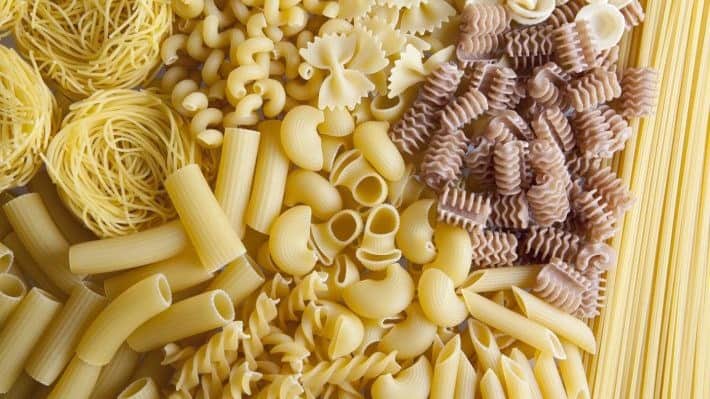
The labels on most grocery store pasta packages tell you that their shelf life is limited to one or two years, but they can actually last longer than that. This is because store-bought pasta is a dry and hard product with no water content. These packages can even last you years if you store them in an airtight container in a cool area. Sadly, this doesn’t apply to fresh pasta, which contains water and can only be good for two three weeks after its due date.
3. Bread

Surprisingly enough, you can eat bread past its ‘best by’ date. The perfect way to keep baked goods fresh for longer is by keeping them in your freezer. A general rule of thumb is that as long as you don’t see mold (some even say a little mold is okay), and it doesn’t smell off, it’s still good to eat.
Check out this Bread Expiration table by eatbydate.com:

4. Cereal
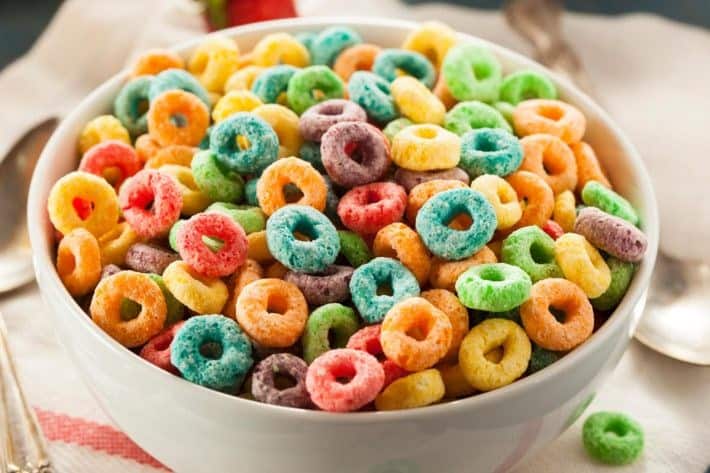
All the breakfast lovers out there will be happy to know that cereal has a shelf life that’s proven to last beyond its ‘best before’ date. In fact, an opened box of cereal can last you up to 4-6 months while an unopened one will keep for up to 6-8 months. Just don’t be surprised if your 2-year-old Froot Loops loses some of its crunch.
5. Dry Goods

Dry goods like crackers, chips, and even cookies are perfectly safe to eat past their expiration date. An opened bag of crackers or chips might not be as fresh and crunchy after some time has passed, but you can return the chips to their natural crispy state with a few seconds in the toaster oven. Cookies are a lot trickier since they have oil, and they tend to spoil faster than crackers or chips. But as long as they don’t smell bad and crumble in your hands, you’re good to go.
6. Fresh Fruits and Vegetables
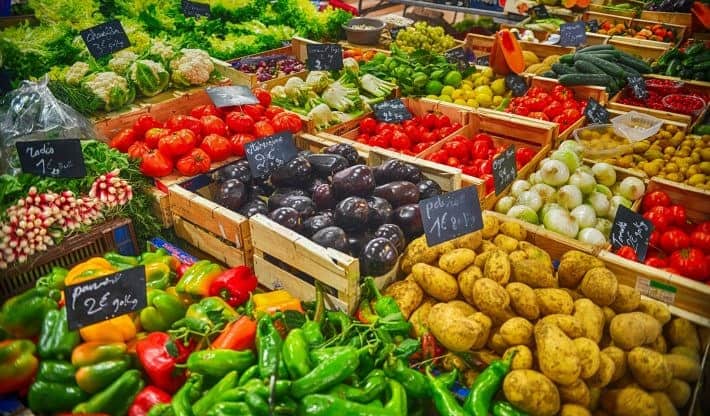
With fruits and vegetables, it’s always “the fresher, the better.” You can increase their shelf life by storing them in your fridge at a temperature of 32°F to 41°F (0- 5°C). Keep them in their packaging and don’t wash them until you’re about to eat them to prevent their natural protective coating from running down the drain. For loose fruit and vegetables, place them in storage bags to keep them away from fruits that release ethylene (a chemical that speeds up the ripening process).
7. Prepackaged Greens
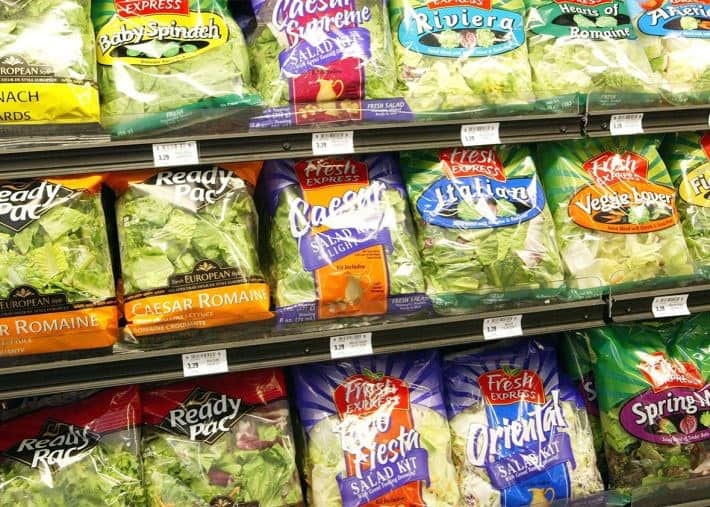
Don’t worry if you find a little bruising or wilting on your greens — you can always cut those parts off.
8. Frozen Food/Canned Goods
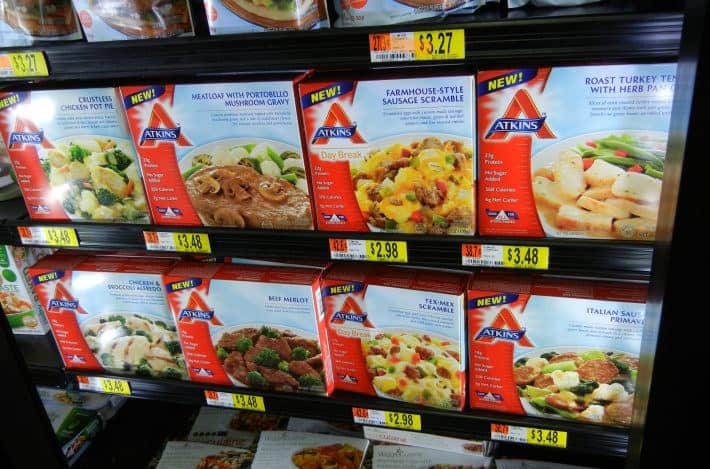
Frozen food has the advantage of being stored in ice-cold temperatures which prevent them from going bad long after their expiry dates. The only thing is that you might have to deal with freezer burn or the food getting dehydrated due to oxidation, but that’s a risk we’re willing to take amirite?
As for canned goods, they usually have a shelf life of three years but can go up to four more years after the ‘Best Before’ date. I know, it sounds crazy! As long as it’s stored in a cool, dry spot and the can has no dents, rust, and isn’t leaking, your canned food can live to celebrate its 7-year-old birthday.
9. Chocolate
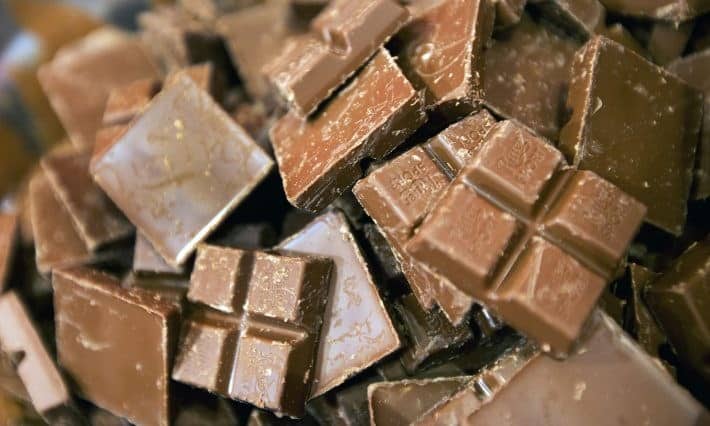
Yes, that’s right. When stored properly, your favorite desserts can last way beyond the date written on the label. As for the white film or the gray streaks that form on the surace? It’s called ‘chocolate bloom’ and it’s completely safe. They’re a result of the chocolate being stored in a damp area (sugar bloom) or the chocolate resolidifying (fat bloom). Ideally, chocolate should be stored in an air-tight container at 70°F (21°C).
10. Condiments

Condiments like salad dressings, mayo, jam, and ketchup actually last you longer than you think. Unopened, they can last up to two years after their expiry date. But if they’ve been opened and exposed to air then you might have to give them a sniff test. If they don’t smell rancid then the condiment could last up to a year after its opening date.
11. Yogurt
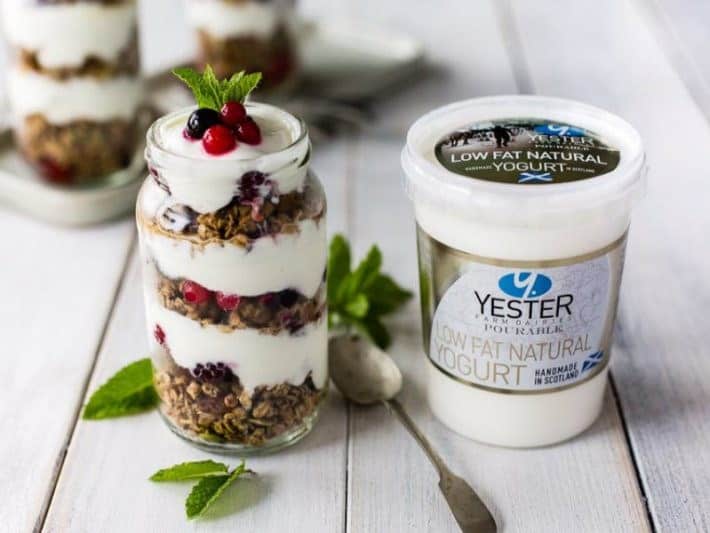
Yogurt goes bad, but not as quickly as you think. How long yogurt stays unspoilt all depends on where you keep it. For example, keeping opened yogurt in the fridge will go for a week even if it’s past its printed date. But, you can extend its shelf life up to a month by putting it in the freezer. Similarly, sealed yogurt can last up to 2 months past its expiry if you place it in the freezer. But keeping it in the fridge only gives you 7 days up to 3 weeks of edible yogurt.
12. Eggs
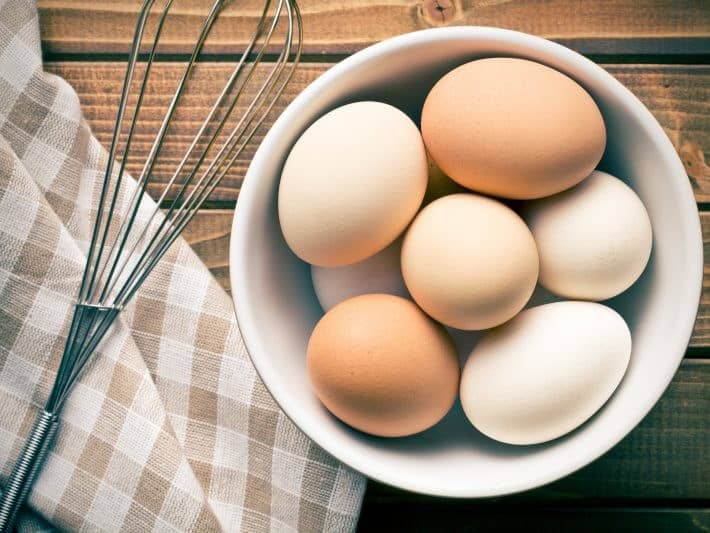
Nutrition expert Alan Aragon suggests giving the egg a float test before cooking. If it floats in a bowl of water, then it’s no longer safe to eat. It’s the gas-producing bacteria that cause the egg to float. But if it sinks, then feel free to whip up an omelette.
13. Meat

Meat can last you up to 50% longer if you freeze it. Take them out their supermarket wrapping and put them in freezer bags. Then keep your freezer at 0°F (-17.78°C). This makes beef last you three to four months and beef roasts and steaks stay safe for 6 to 12 months.

